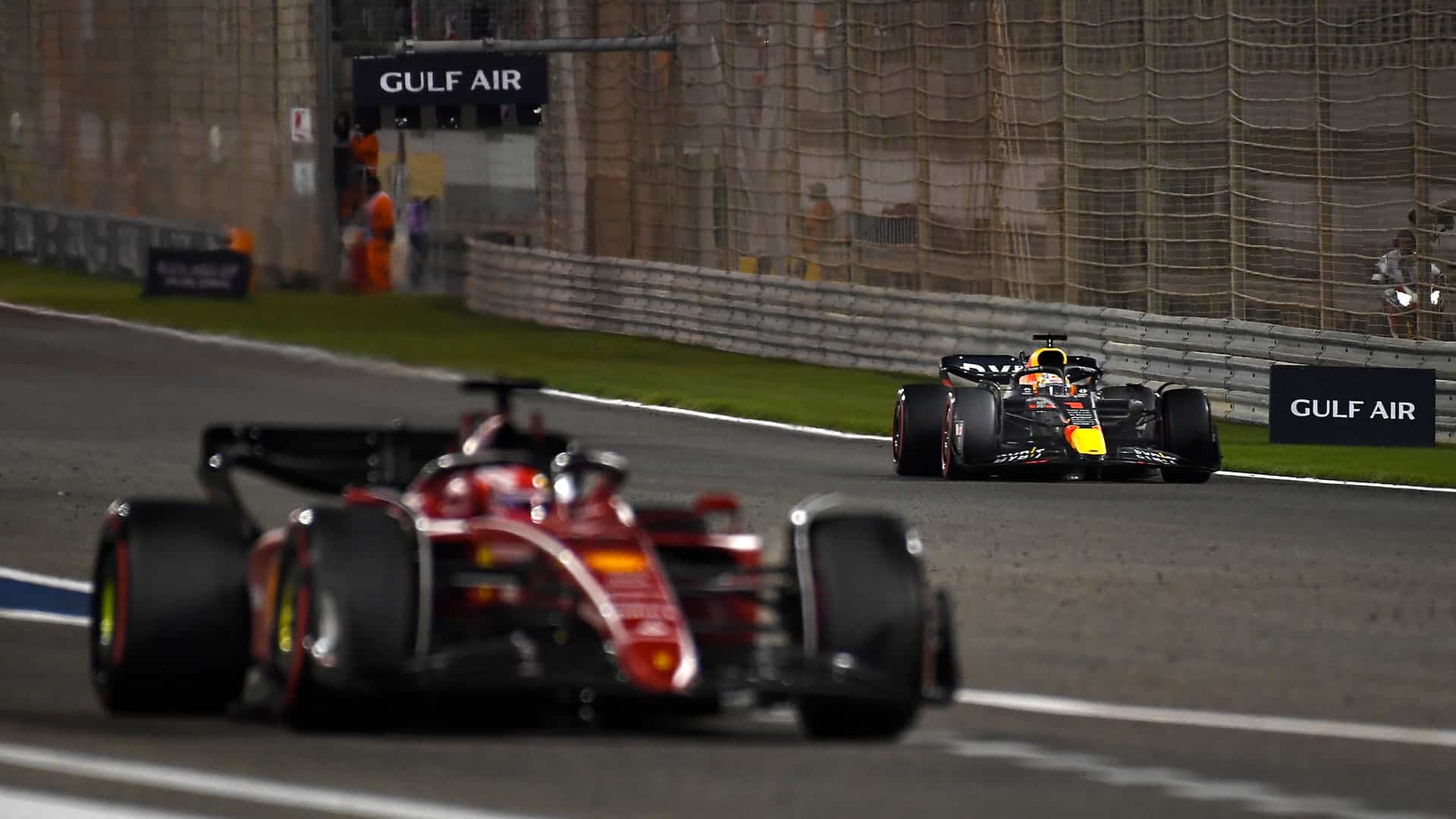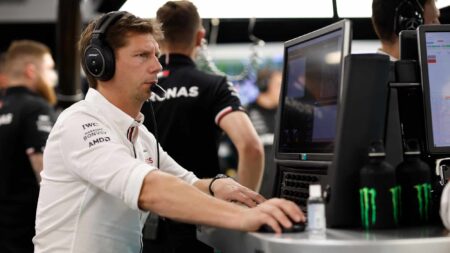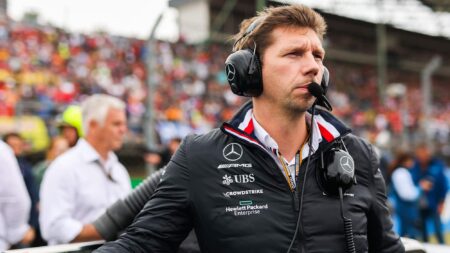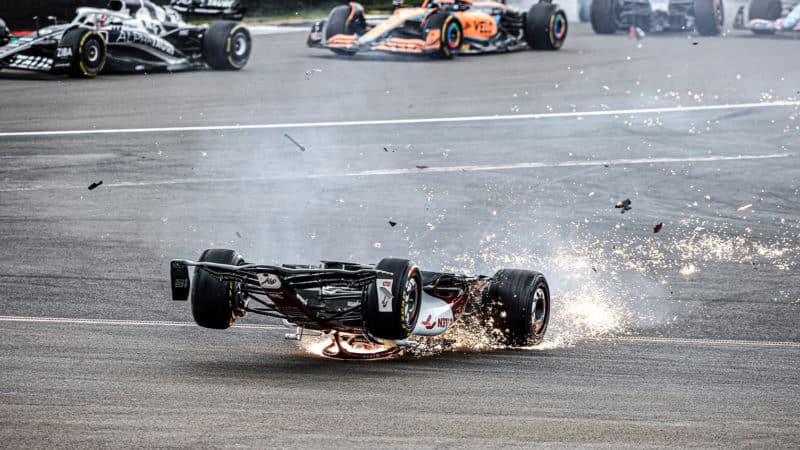AlphaTauri
Yuki Tsunoda and Nyck de Vries
Nyck de Vries will join Yuki Tsunoda at AlphaTauri in 2023, ending a four year wait for a Formula 1 entry.
Since winning an F2 title in 2019, the Dutchman had failed to secure a full-time seat in Formula 1, acting as Mercedes’ reserve driver and capturing a Formula E world title in the meantime.
But circumstances changed at Monza last season, where an absent Alex Albon gave de Vries the chance to make his race debut, in which he finished a brilliant ninth. After interest from multiple teams, it was a meeting with Dr Helmut Marko that ultimately sealed the deal, signing de Vries to AlphaTauri as Pierre Gasly’s replacement for 2023.
Yuki Tsunoda was able to secure a contract extension despite a difficult year in 2022, keeping him with the team at least until the end of this season.
Haas
Kevin Magnussen and Nico Hulkenberg
Experience over potential is the running theme for Haas and its 2023 campaign, with Nico Hülkenberg returning from reserve duties at Racing Point and Aston Martin to replace Mick Schumacher.
Hülkenberg will join Kevin Magnussen, who was the standout performer for Haas throughout the course of the 2022 season, securing seven top-ten finishes and a debut pole position ahead of the sprint race in São Paulo.
Similar to Alpine, Haas’ new driver lineup has experienced some heated moments in the past, with the harshest words being exchanged in the aftermath of the 2017 Hungarian Grand Prix. Both drivers appear to have put the past behind them, but will sparks fly once again if they clash as team-mates?
Williams
Alex Albon and Logan Sargeant
Williams will look to move in a different direction ahead of its 45th season as an F1 constructor, hiring the talents of F2 star Logan Sargeant to replace Nicholas Latifi.
Sargeant will become the first American driver to join the grid since the departure of Alexander Rossi in 2015, as Williams look to cater to Formula 1’s growing US audience.
The returning Alex Albon proved to be a great investment for Williams, putting in some brilliant drives at the wheel of the grid’s slowest car to score points on three occasions.
New team principals
| Team | Old team principal | New team principal |
| McLaren | Andreas Seidl | Andrea Stella |
| Ferrari | Mattia Binotto | Frederic Vasseur |
| Alfa Romeo | Frederic Vasseur | TBC |
| Williams | Jost Capito | James Vowles |
McLaren
Andrea Stella
After a four-year tenure as one of McLaren’s most senior figures, Andreas Seidl has left his post as team principal in exchange for a CEO position at Sauber. Andrea Stella has taken his place, after working as Executive Director of McLaren Racing since 2019.
Zak Brown called Stella his “number one option to lead the team moving forward” after Seidl announced his departure.
Ferrari
Frédéric Vasseur
A turbulent 2022 season forced one major off-track change for Ferrari, with Mattia Binotto resigning from his team principal role to be replaced by former Alfa Romeo team boss Frédéric Vasseur.
Vasseur’s official title is listed as team principal and general manager, meaning many of his responsibilities will extend beyond what happens on the race track. Fixing reliability issues and strategy errors are likely to be his first priorities.
The Frenchman officially began his duties on January 9, with Binotto placed on ‘gardening leave’ to block his move to a rival team.
Alfa Romeo
TBC
The departure of Frédéric Vasseur leaves a position yet to be filled at Alfa Romeo, with the Frenchman previously holding the title of managing director of Sauber as well as team principal.
Andreas Seidl began his duties as CEO of Sauber in January, concentrating on its collaboration with Audi in producing a squad ready to challenge at the front in Formula 1 grid by 2026 – one of his tasks will be to hire a new team principal.
Williams
James Vowles
Former Mercedes strategy chief James Vowles will replace Jost Capito as Williams’ team principal for 2023.
Capito announced his departure from team in early December, ending a two-year spell at the historic outfit, joining first as CEO and later becoming team principal in July 2021.
Vowles, famed for his mid-race radio messages to Valtteri Bottas, will begin his new duties at Williams on February 20.




